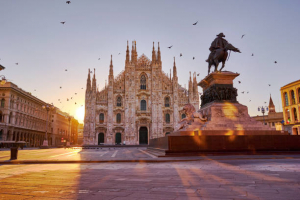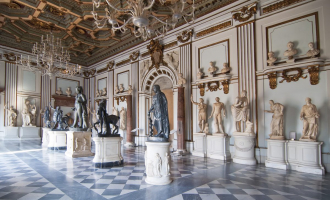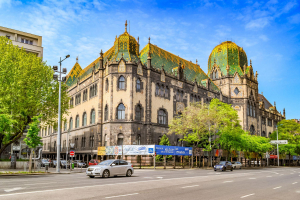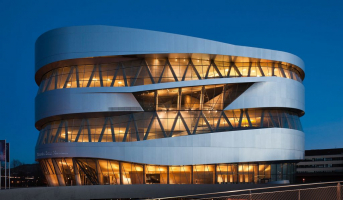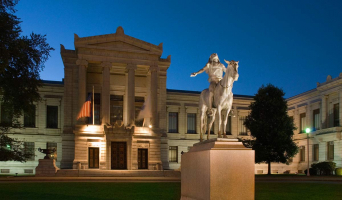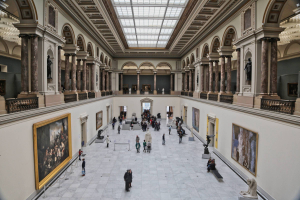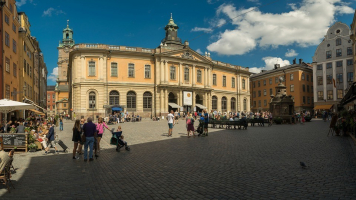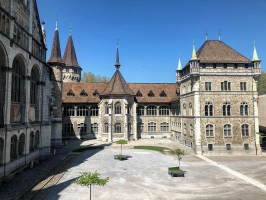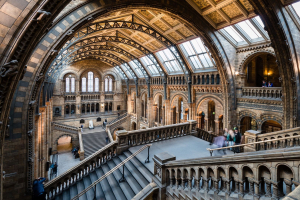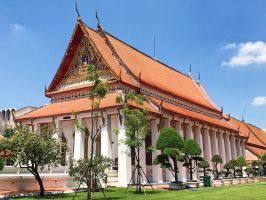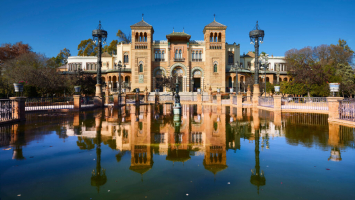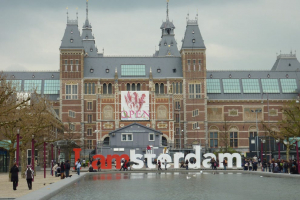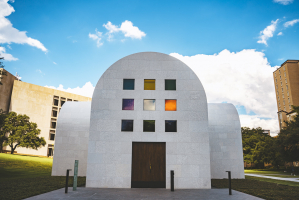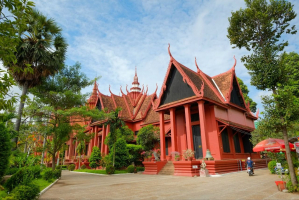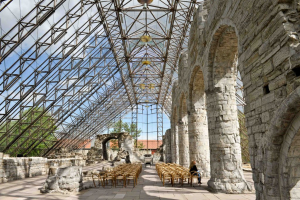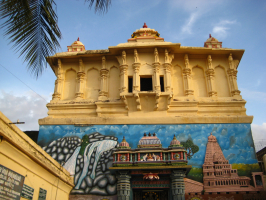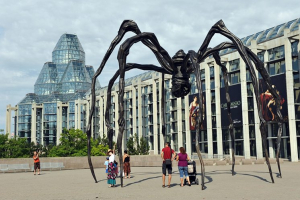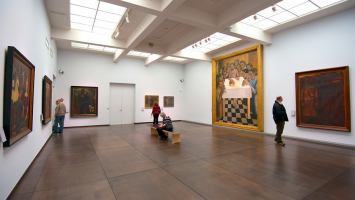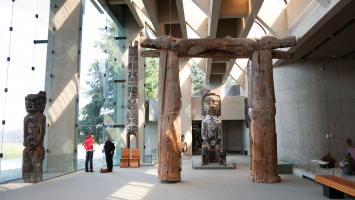Top 9 Best Museum to Visit in Milan
Milan is a fantastic city for museum-goers and rewards those who take the time to explore. You can study how Italy came to be a nation, dig into the realm of ... read more...Leonardo da Vinci's science, or admire fashion designer Giorgio Armani's creative creativity. Here are the greatest museums in Milan that you should visit.
-
Milan's most iconic work of art isn't even kept in a museum. The classic works of Leonardo Da Vinci may be discovered in the modest rectory of the Santa Maria delle Grazie convent. It's incredible that the artwork has endured over 500 years, despite botched restorations, irresponsible structural adjustments (including a doorway that cut off part of the picture), and bombing attacks that took down many adjacent structures.
Viewings of the Last Supper are strictly controlled. Groups of 30 are taken into the tiny hall with the artwork for 15-minute chunks of time before being shuttled out for the next group. The full viewing experience lasts about 30 minutes (and only 15 in the actual chamber containing the picture), but you should allow at least an hour to visit the piazza outside the rectory.
Purchasing tickets in advance is essential since they are frequently unavailable without purchasing at least a couple of months in advance. Toplist advises visiting the Last Supper as part of a guided tour due to the limited viewing time and the painting's signature aesthetic and historical worth.
Location: Piazza Santa Maria delle Grazie 2, 20123 Milano
Website: cenacolovinciano.adartem.it/eng
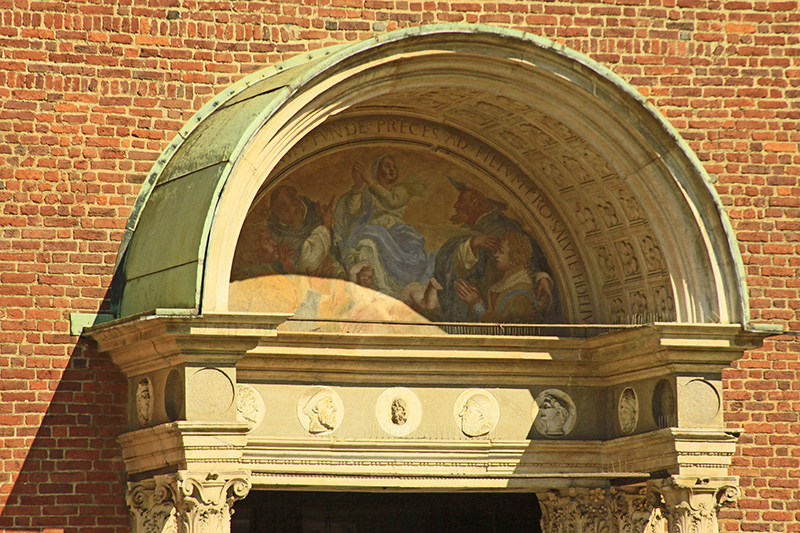
Museo Cenacolo Vinciano 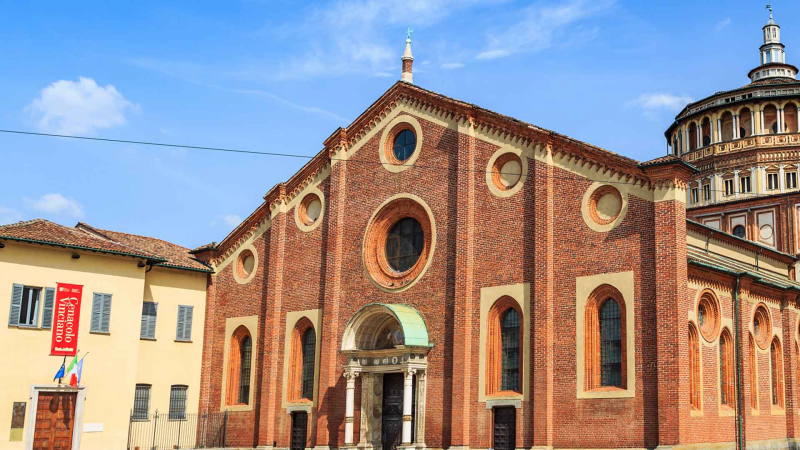
Museo Cenacolo Vinciano -
This museum honors Giorgio Armani, the famed Italian fashion designer, and is located in the popular Zona Tortona neighborhood in the city's southwest. Armani established his firm in 1975 and rose to fame in the 1980s with his line of power suits, and his namesake brand is now one of the most well-known in the worldwide fashion market.
The permanent display at Silos is organized thematically across four levels and shows the sources of inspiration that have affected Armani's creative approach throughout his career. It is categorized as 'Stars', 'Androgynous', and 'Ethnicities', which are motifs that influence the designer's work. The museum also presents temporary exhibitions relating to the life and work of the legendary designer, such as The Beats and The Vanities, an exhibition of photography by social photographer Larry Fink in 2017. English audio guides are available.
Location: Via Bergognone, 40 - 20144 Milan
Website: armanisilos.com
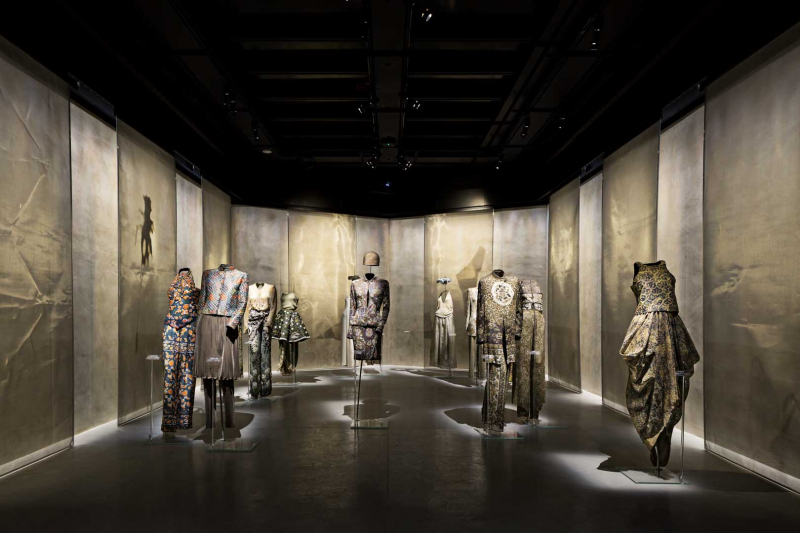
Armani/Silos 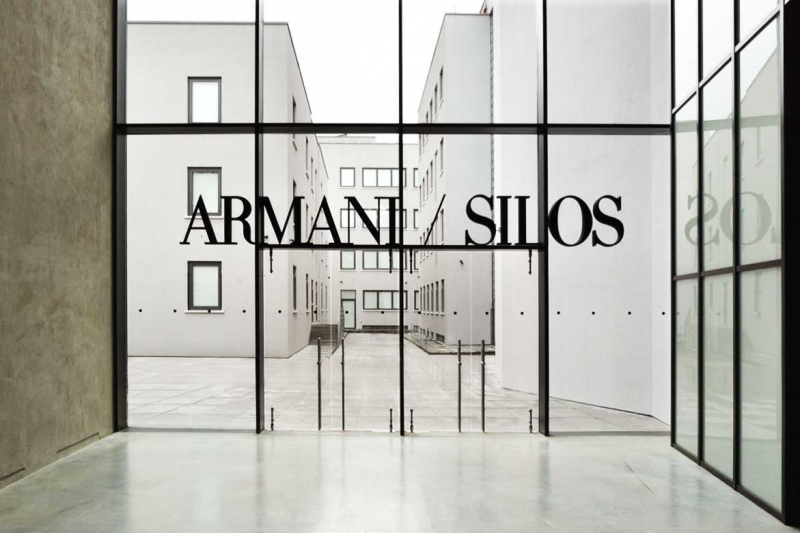
Armani/Silos -
The museum was founded in 1878, shortly after Italian unification, although its first permanent display was not until 1908. Originally located in the Mole Antonelliana, it was relocated to its current location in 1938. (which had previously housed the Subalpine Chamber of Deputies, from 1848 to 1860, and then the first Italian Chamber of Deputies, from 1861 to 1865).
This modest specialty museum, housed in a stately townhouse in the heart of Milan's historic center, focuses on the birth of Italy as a nation, often known as the Risorgimento. The permanent collection, which includes prints, paintings, sculptures, weaponry, and various souvenirs, chronicles key events from Napoleon Bonaparte's first expedition to Italian territory (1796) until the Kingdom of Italy's capture of Rome (1870). The book not only provides an excellent summary of modern Italian political history, but it also provides deep insights into Lombardy and Milan, touching on period fashions, crucial conflicts, key individuals, and art. There is no admission fee.
Location: Piazza Carlo Alberto, 8, Turin, Italy
Website: museorisorgimentotorino.it/en
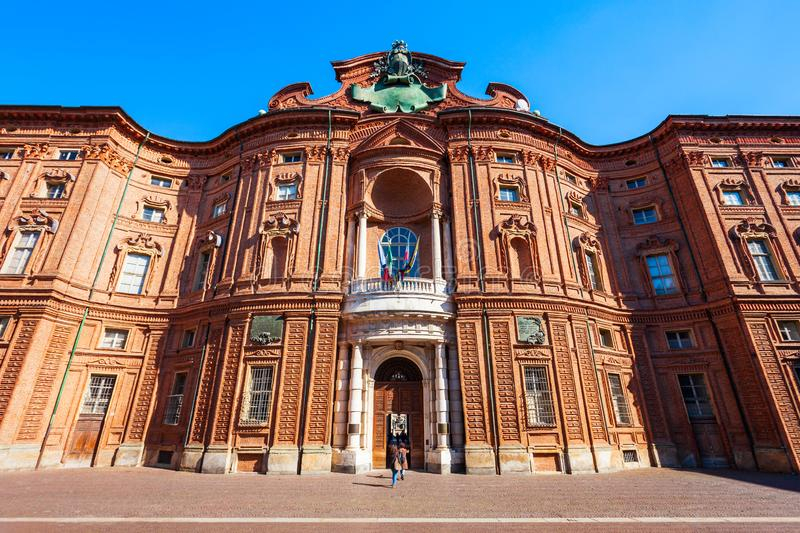
Museum of the Risorgimento Museum 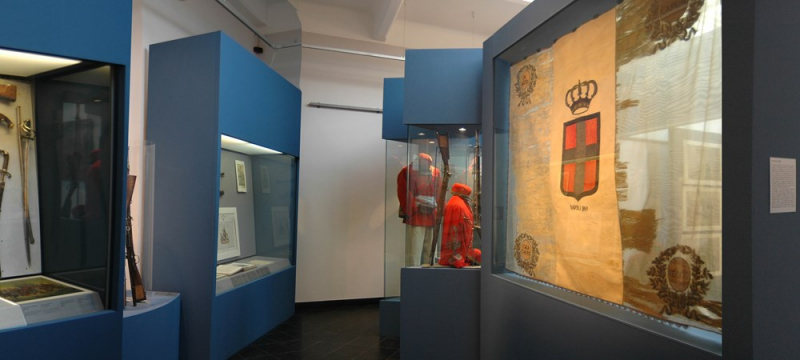
Museum of the Risorgimento Museum -
MUDEC – the Museo delle Culture, or Museum of Cultures – is a recent addition to Milan's museum landscape, having opened in 2015. MUDEC was designed by architect David Chipperfield, who renovated an industrial structure on the site of the old Ansaldo Energia factory in Zona Tortona. Along with a strong modern and contemporary art program, it hosts larger historical and cultural exhibitions in Milan on themes like Ancient Egypt and the history of Chinese immigration. In recent years, blockbuster art shows have included Frida Kahlo, Wassily Kandinsky, and Roy Lichtenstein. MUDEC serves especially well to families, with a big school annex and underground parking.
David Chipperfield designed the MUDEC museum after winning an international design competition hosted by the Milan City Council in 2000. Nonetheless, Chipperfield's design was significantly altered over time, to the point where the British architect disavowed the project for a period. The museum complex consists of a series of box-shaped structures covered in zinc-titanium that mimic the original manufacturing plants in appearance and house exhibition halls and different public facilities.
Location: Via Tortona 56, Milano Lombardia, Italy
Website: mudec.it/eng
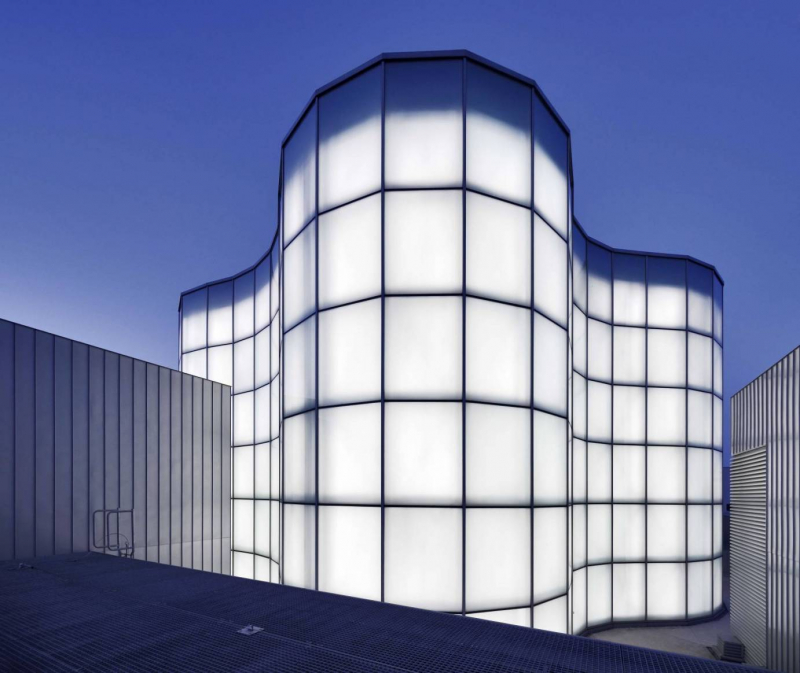
MUDEC 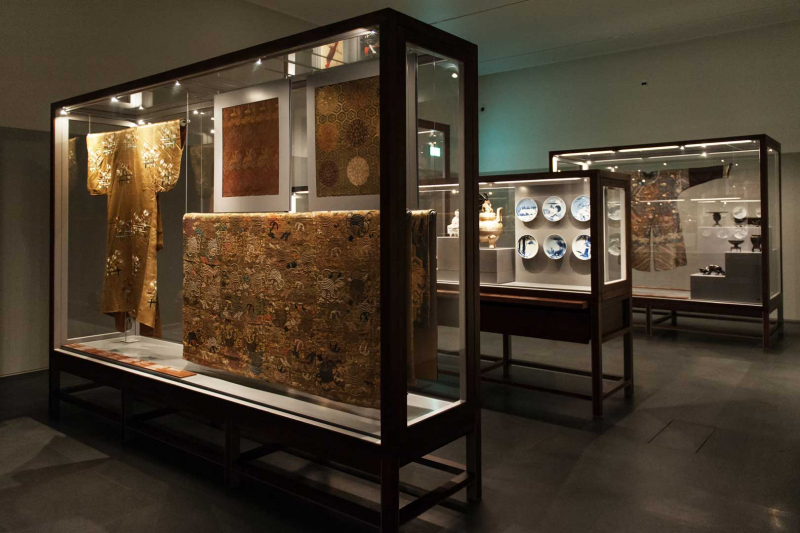
MUDEC -
The world's largest science and technology museum is named after the legendary artist, engineer, and scientist Leonardo da Vinci. It is located in a spacious and spectacular 16th-century monastery in Sant'Ambrogio, adjacent to Leonardo's former Milan apartment and the site of his renowned painting The Last Supper. The museum traces macro and micro worldwide achievements in science and technology from the Renaissance period. With over 13 interactive workshops and exhibitions (such as video games and immersive settings), the presentation is vibrant and approachable, making the museum a suitable choice for people with children and early teens. The display texts are all in English.
The Materials section discusses the whole life cycle of contemporary items, from raw materials to recycling. There are sections dedicated to polymeric and synthetic materials, as well as fundamental chemical manufacture. There is also a metal part that demonstrates metal extraction and processing procedures and displays Ernesto Stassano's first electric arc furnace for melting steel, which he built in 1898.
Location: Via San Vittore 21, 20123 Milan, Italy
Website: museoscienza.org
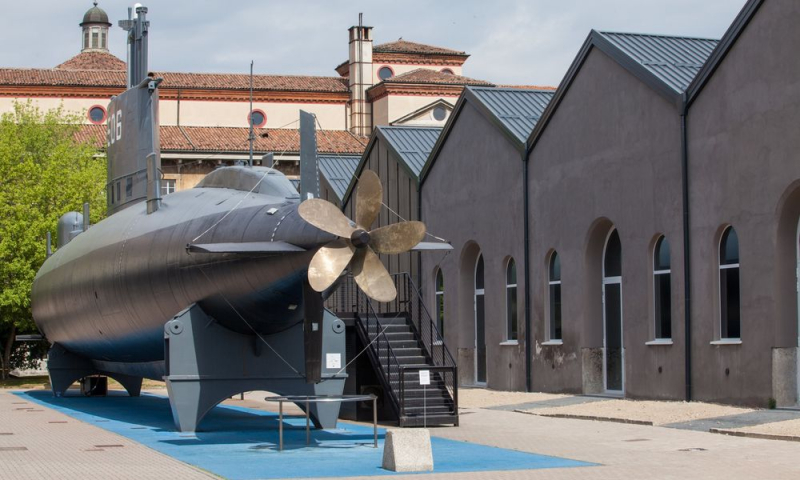
Museo Nazionale della Scienza e della Tecnologia 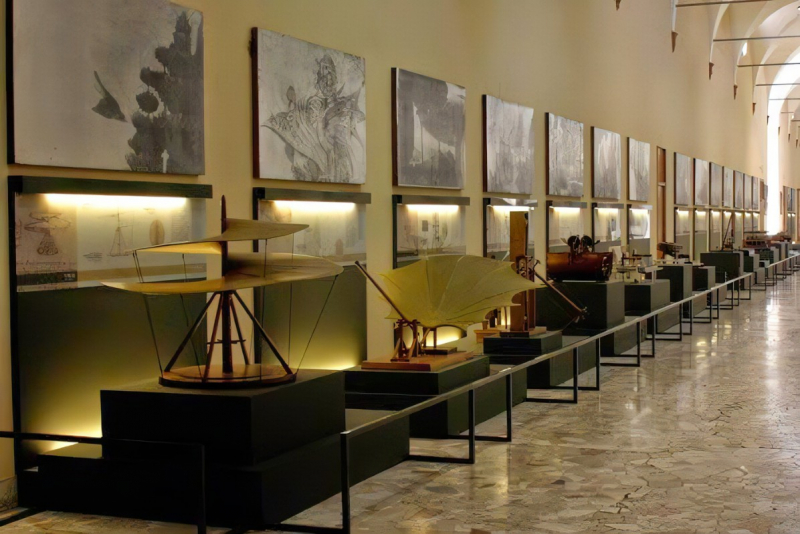
Museo Nazionale della Scienza e della Tecnologia -
Museo di Storia Naturale, Milan's oldest civic museum, has been expanding its collection and research efforts for 180 years and has a strong reputation in Italy and Europe. The permanent exhibition (which spans 23 rooms and about 5,000 square meters, or 53,820 square feet) is organized into sections on minerals, zoology (vertebrate and invertebrate), paleontology, and human history. The big dinosaur and animal displays ensure that youngsters will enjoy this museum, although most of the educational activities and display materials are only available in Italian.
The museum is housed within Giardini Pubblici Indro Montanelli, Milan's most romantic park, and the building itself is stunning. Every first and third Tuesday of the month at 2 p.m., as well as the first Sunday of the month, entry is free.
Location: Corso Venezia 55, 20121 Milan, ItalyWebsite: storianaturalemilano.education
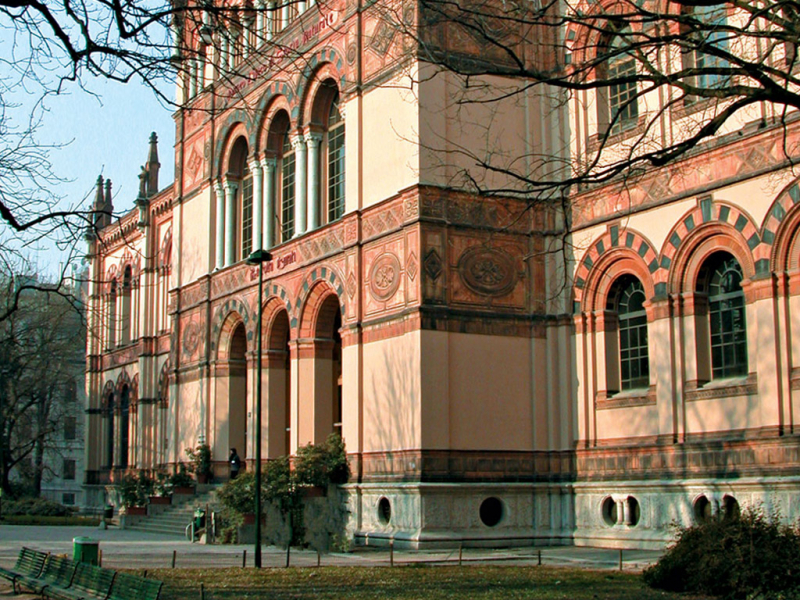
Museo di Storia Naturale di Milano 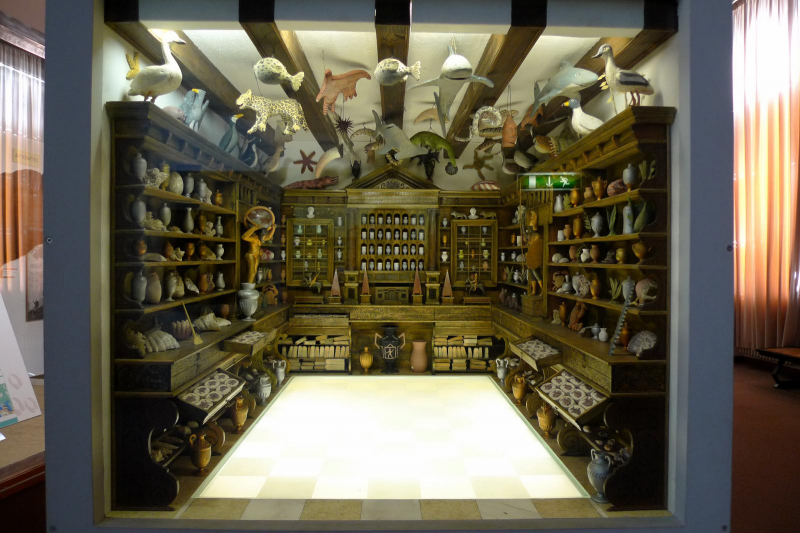
Museo di Storia Naturale di Milano -
The Museo Poldi Pezzoli is a museum of art in Milan, Italy. It is in Via Manzoni 12, close to the Teatro alla Scala. The museum began in the nineteenth century as a private collection of Gian Giacomo Poldi Pezzoli and his mother, Rosa Trivulzio, of the Trivulzio family. Many of the palace's rooms were redecorated beginning in 1846, with commissions given to Luigi Scrosati and Giuseppe Bertini. Individual rooms were frequently designed and furnished to compliment the artworks on the walls. Simone Cantoni, the architect, reconstructed the palace in its current Neoclassical design, complete with an English-style internal garden. Poldi Pezzoli commissioned architect Giuseppe Balzaretto to renovate his residence between 1850 and 1853.
In his will, Pezzoli gave the home and its furnishings to the Brera Academy. On April 25, 1881, the Academy's director, Giuseppe Bertini, inaugurated the museum. The palazzo was severely damaged during World War II, but the artworks were safely stored. Following refurbishment, the museum reopened in 1951. The museum is well-known for its extensive collection of Northern Italian and Dutch/Flemish painters. Weaponry, glassworks, pottery, jewelry, and furniture are on display.
Location: Via Alessandro Manzoni 12, 20121 Milan
Website: museopoldipezzoli.it/en
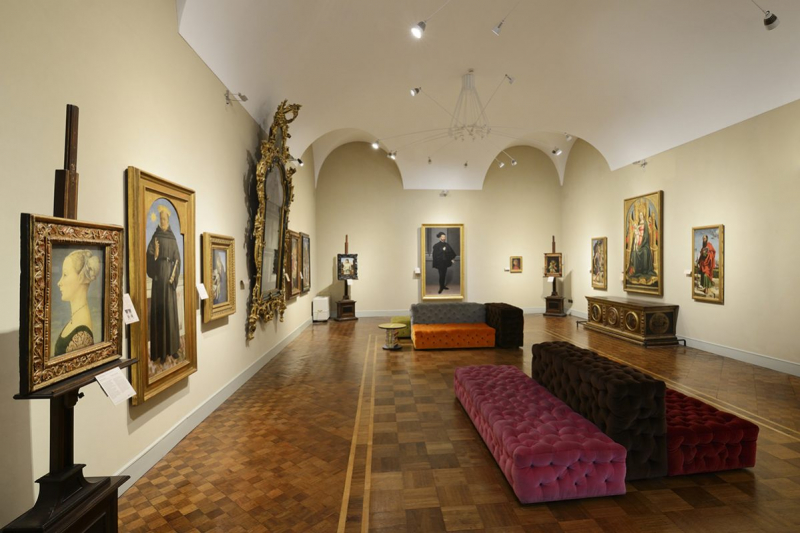
Museo Poldi Pezzoli 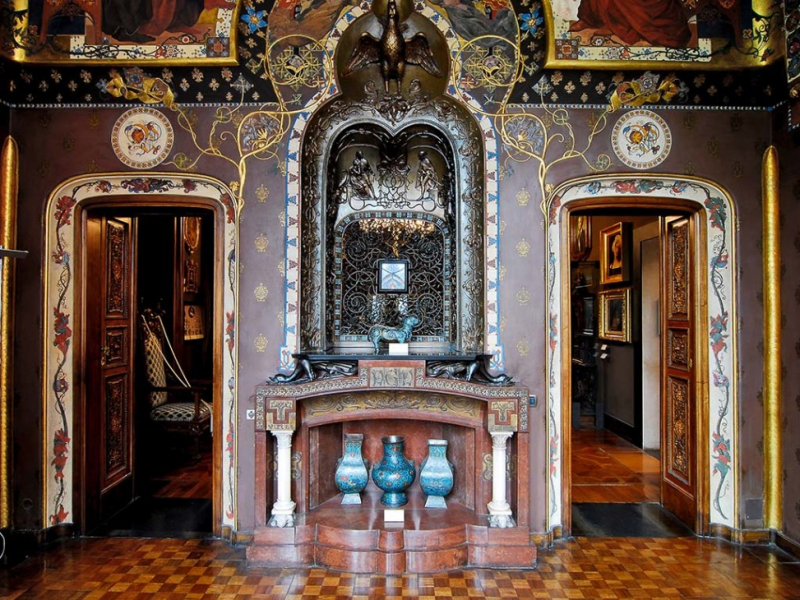
Museo Poldi Pezzoli -
The Museo del Novecento is a museum dedicated to twentieth-century art located in Milan, Lombardy, northern Italy. It is situated in the Palazzo dell'Arengario, close to Piazza del Duomo in the city center. The museum first opened its doors in December 2010. It exhibits over 400 pieces from the twentieth century, most of which are Italian.
With the exception of a single room including works by international artists such as Braque, Kandinsky, Klee, Léger, Matisse, Mondrian, and Picasso, the majority of the paintings on display in the museum are by Italian painters. The Italian Futurists are featured prominently, including works by Giacomo Balla, Umberto Boccioni, Carlo Carrà, Fortunato Depero, Luigi Russolo, Gino Severini, Mario Sironi, and Ardengo Soffici. Il Quarto Stato (1902), a big canvas by Giuseppe Pellizza da Volpedo, is also shown in its own chamber.
Other areas of the museum are devoted to certain artists, such as Giorgio de Chirico, Lucio Fontana, and Salvador Dali. There are additional sections devoted to twentieth-century art trends such as Abstractionism, Arte Povera, the Novecento Italiano, Post-Impressionism, and Realism, as well as genres such as landscape and monumental art. Private collectors Bianca and Mario Bertolini gave the museum a major contribution of modern artworks by artists such as Daniel Buren, Joseph Kosuth, Roy Lichtenstein, Robert Rauschenberg, Frank Stella, and Andy Warhol 2015.
Location: Piazza del Duomo 8, 20122 Milan
Website: museodelnovecento.org/en
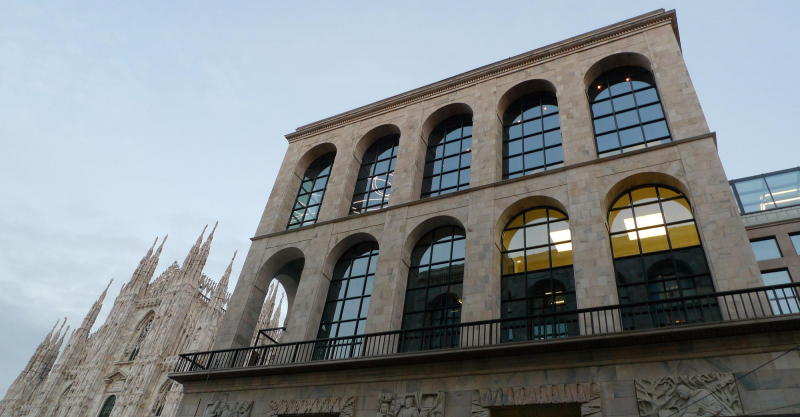
Museo del Novecento 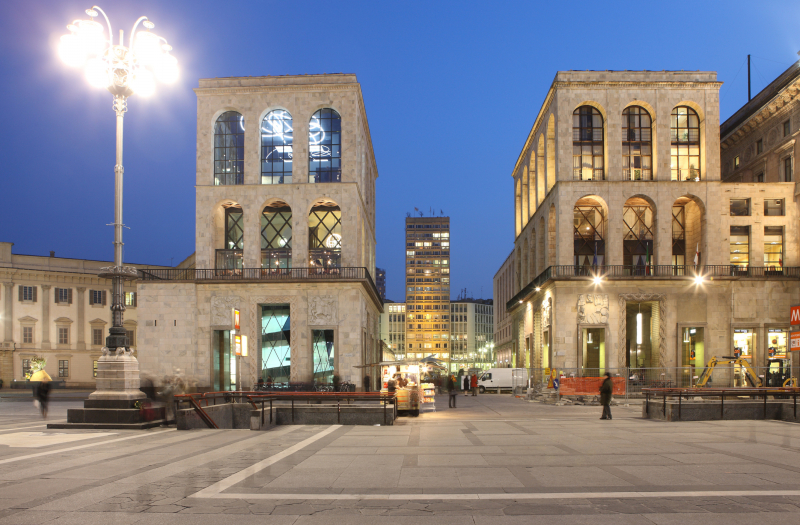
Museo del Novecento -
The Bagatti Valsecchi Museum is a historic home museum in Milan's Montenapoleone neighborhood, northern Italy. The permanent collections of the Bagatti Valsecchi Museum primarily consist of Italian Renaissance decorative arts (such as maiolica, furniture, tapestry, metalwork, leather, glassware, and precious table-top coffers made of ivory, or "stucco and pastiglia"), sculptures (including a Madonna and Child lunette by a Donatello follower), and many paintings. European Renaissance weaponry, armor, clocks, and a few textiles, as well as scientific and musical equipment, round out the collection gathered by the Barons Bagatti Valsecchi and displayed in their residence in accordance with their intentions.
Although it was initially meant as a private residence rather than a museum, the Bagatti Valsecchi Museum includes an interesting collection of Italian Renaissance paintings. The family house, its decorating, and the collection of art pieces meant for it was at the core of their interests. They developed skills in these surroundings, which they put to use even as well-respected dilettante architects, frequently at the service of other aristocratic families with whom they shared ambitions and a way of life.
Location: Via Santa Spirito 10 Via Gesu' 5, 20121 Milan
Website: museobagattivalsecchi.org/en
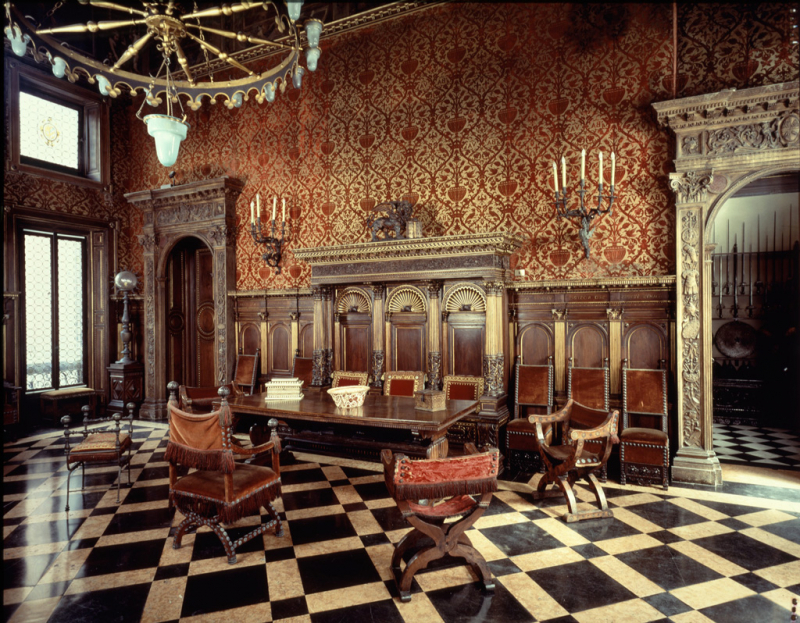
Bagatti Valsecchi Museum 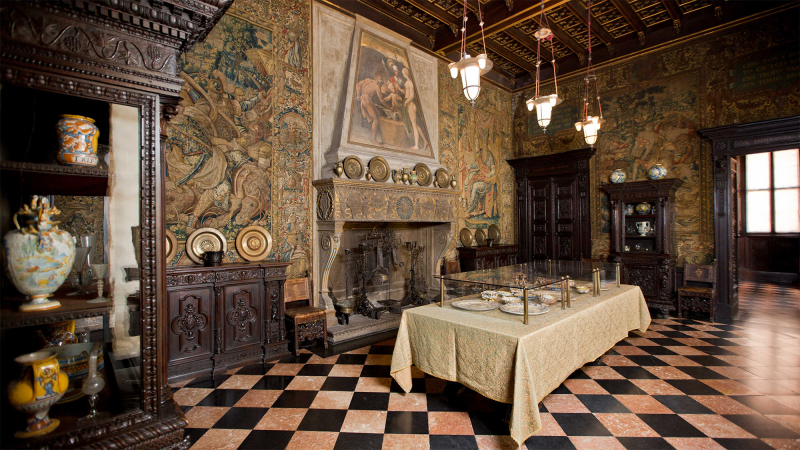
Bagatti Valsecchi Museum











